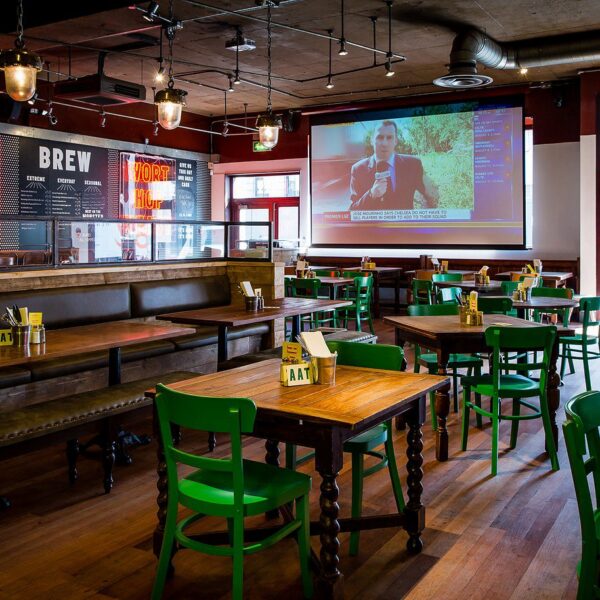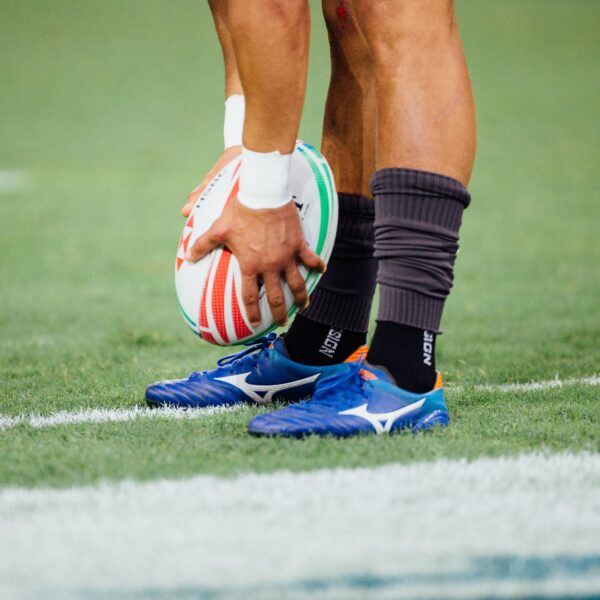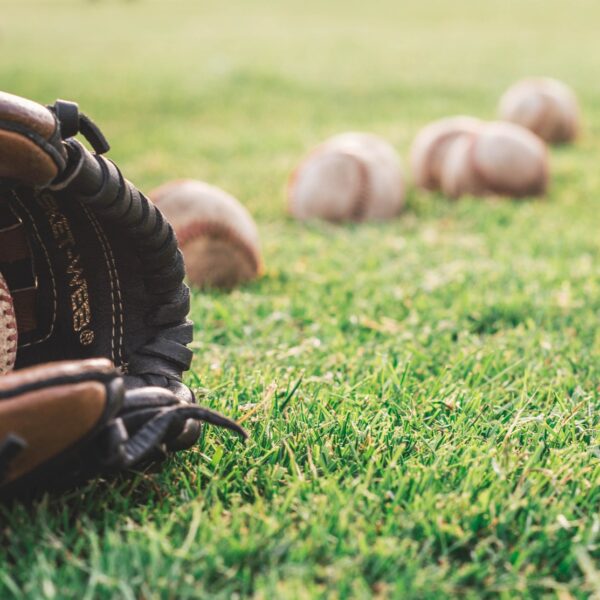When it comes to building your dream sports court, the choices you make about the surface are crucial. Whether you’re planning to enjoy tennis, basketball, pickleball, or other sports, selecting the right surface can significantly impact your gameplay and the longevity of your court. This comprehensive guide will walk you through the essential considerations for choosing the perfect surface for your sports court. With the right surface, you can elevate your game and create a space that promotes physical activity and fun for years to come.
Surface Types: Assessing Your Options
Prior to delving into the selection process, it is crucial to grasp the range of surface choices available. Sports courts can be built with materials like concrete, asphalt, acrylic, and modular tiles. Each surface type has its advantages and disadvantages, so let’s explore them.
Location and Climate
The geographic location of your sports court plays a vital role in surface selection. Varied climates can exert a substantial influence on the durability and effectiveness of your court. For example, in regions prone to harsh winters and freezing temperatures, the choice of your sports court surface becomes even more critical. The extreme cold can have detrimental effects on certain materials, leading to issues such as cracking and warping.
For instance, consider pickleball, a sport that has gained popularity in recent years. It shares similarities with tennis and badminton and is played on smaller courts. If you’re a pickleball enthusiast living in a cold region, you might be wondering, “Where can I find pickleball court contractors near me?” Given that pickleball relies on a smooth and consistent surface for optimal gameplay, the wrong choice of surface can lead to injuries and hinder your enjoyment of the game.
To address these concerns in cold regions and find suitable contractors for your sports court project, it’s advisable to choose a surface that can withstand the challenges of the local climate.
Performance Matters: The Role of Surface in Gameplay
The surface you choose directly impacts the performance of your sports court. Tennis enthusiasts may prefer a cushioned acrylic surface for its speed and comfort, while basketball players might opt for asphalt for its durability and bounce. Consider the primary sports you’ll play and the specific requirements each demands.
Maintenance Considerations
Maintaining your sports court is a significant responsibility. Different surfaces have varying maintenance needs. Concrete and asphalt require regular sealing and resurfacing, while acrylic surfaces need occasional recoating. Modular tiles, on the other hand, are low-maintenance but may require occasional replacement. Assess your willingness to invest time and resources in maintenance.
Budget Considerations
Budget constraints are a reality for most sports court projects. Each surface type comes with its own price tag, so it’s crucial to align your budget with your desired surface. Keep in mind that long-term maintenance costs should also factor into your financial plan. Consider all the associated costs when making your decision.
Choosing the Perfect Surface
Selecting the perfect surface for your sports court involves a thoughtful assessment of your preferences, budget, and location. It’s crucial to keep your primary sports in mind, as well as any future possibilities, like inviting pickleball court contractors to transform your space.
Evaluate the performance characteristics of each surface, considering factors such as ball bounce, speed, and player comfort. Don’t forget to account for ongoing maintenance, as it can significantly impact your long-term costs.
Image Credits: Aleksander Saks




Like this article? Share with your friends!